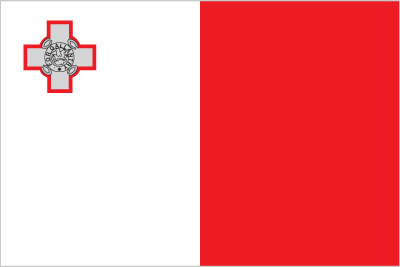
Malta - the smallest economy in the euro zone - produces only about 20% of its food needs, has limited fresh water supplies, and has few domestic energy sources. Malta's geographic position between Europe and North Africa makes it a target for irregular migration, which has strained Malta's political and economic resources. Malta's fertility rate is below the EU average, and population growth in recent years has largely been from immigration, putting increasing pressure on the pension system. Malta adopted the euro on 1 January 2008. Malta's economy is dependent on foreign trade, manufacturing, and tourism, and was hurt by the global economic downturn, but fared better than most other EU member states. Malta has low unemployment relative to other European countries, and growth has recovered since the 2009 recession. Malta's financial services industry has grown in recent years and it has avoided contagion from the European financial crisis, largely because its debt is mostly held domestically and its banks have low exposure to the sovereign debt of peripheral European countries. The EU reopened an excessive deficit procedure against Malta in June 2013, having found that its forecasted deficit for the year was likely to exceed 3% of GDP.
$11.22 billion (2013 est.)
country comparison to the world: 153
$10.96 billion (2012 est.)
$10.89 billion (2011 est.)
2.4% (2013 est.)
country comparison to the world: 134
0.6% (2012 est.)
1.6% (2011 est.)
$29,200 (2012 est.)
country comparison to the world: 52
$28,800 (2011 est.)
$28,300 (2010 est.)
agriculture: 1.4%
industry: 25.3%
services: 73.3% (2013 est.)
15.1% (2012)
1% (2013 est.)
country comparison to the world: 25
3.2% (2012 est.)
190,400 (2013 est.)
country comparison to the world: 174
agriculture: 1.4%
industry: 22.2%
services: 76.4% (2013)
6.4% (2013 est.)
country comparison to the world: 65 6.5% (2012 est.)
tourism, electronics, ship building and repair, construction, food and beverages, pharmaceuticals, footwear, clothing, tobacco, aviation services, financial services, information technology services
-6.9% (2013)
country comparison to the world: 192